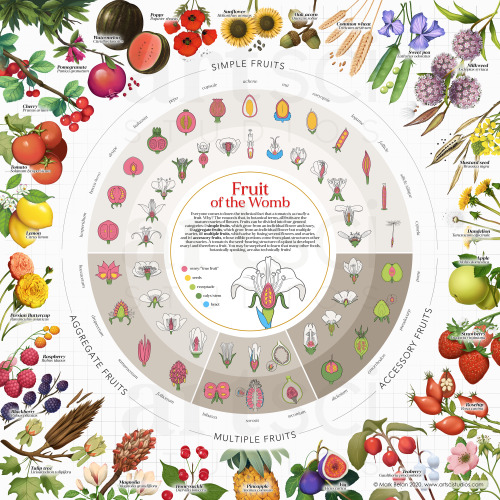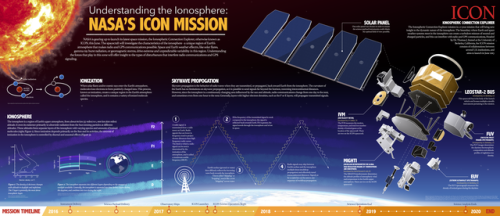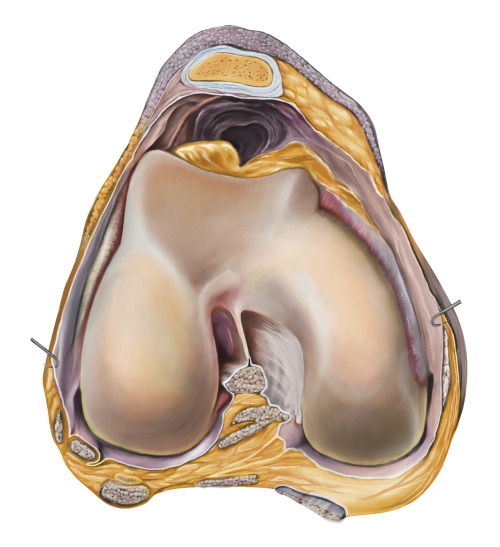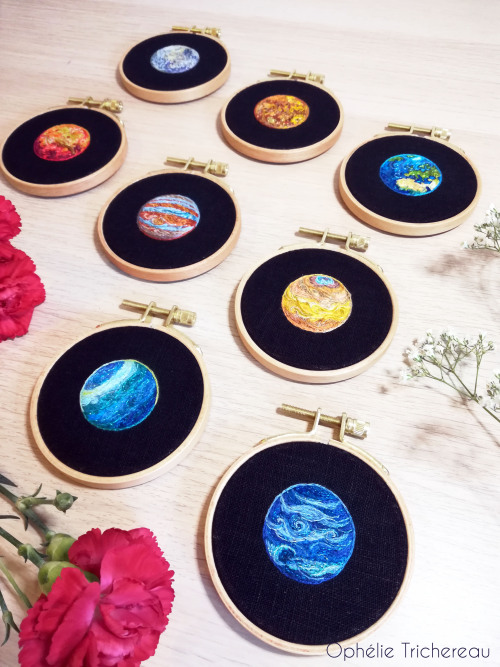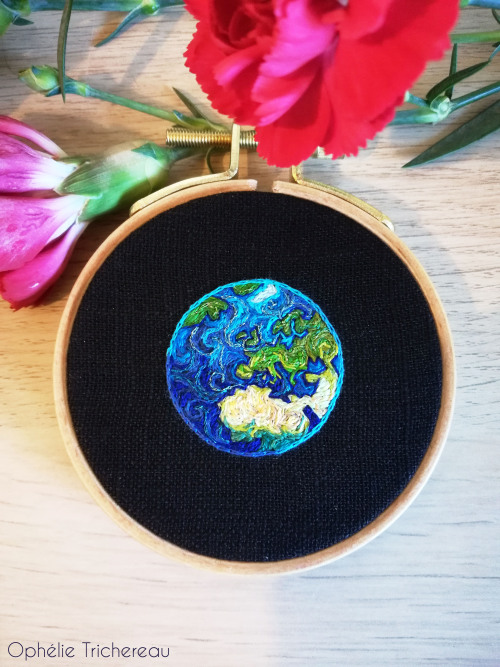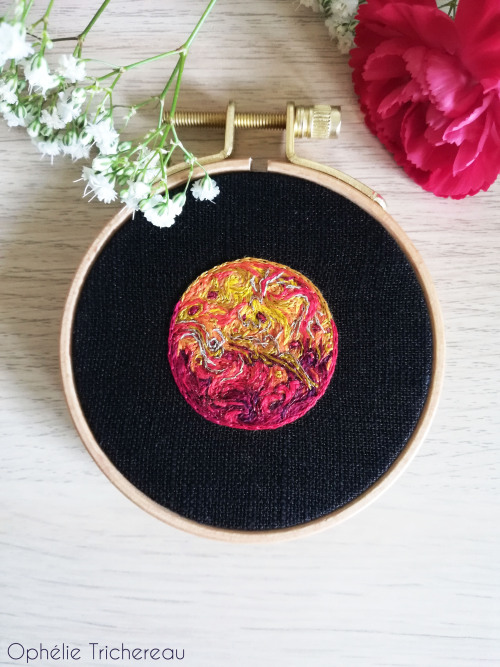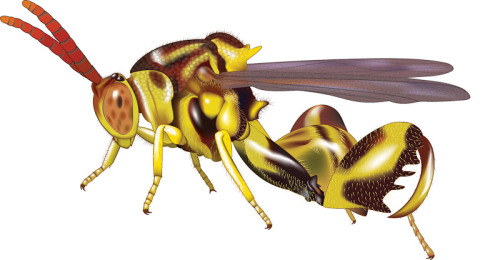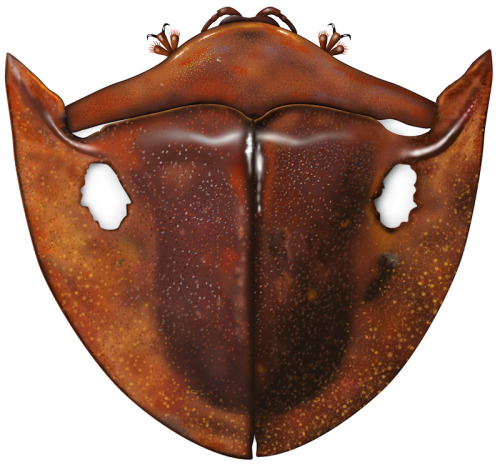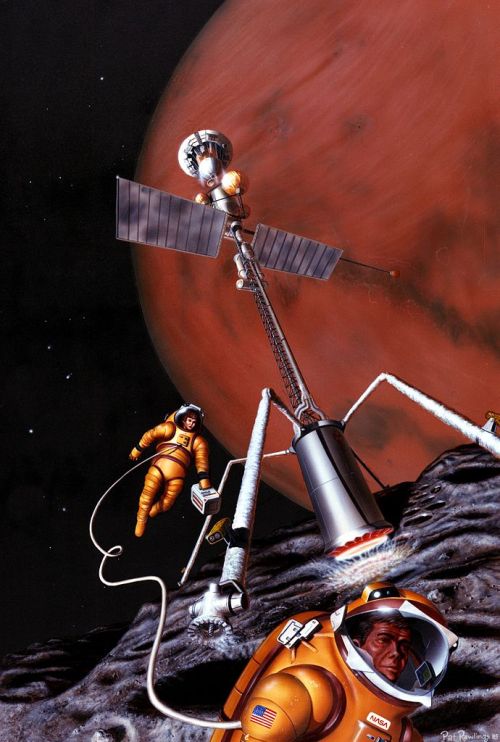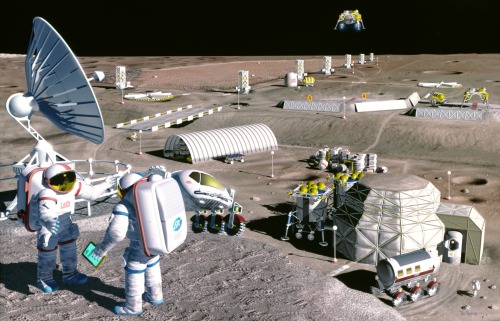#science art




The Chickenosaurus Conundrum - a conceptual evolution illustration for the latest issue of Aquila Magazine!

Finished - Helium
I really like how this one turned out. Onward to hydrogen!
Fruit of the Womb: The Botanical Classification of Fruit
I created this illustration to tell the story of where fruits come from. Turns out they come from flowers, and that’s why a tomato is technically a fruit. What started as a fun conversation over dinner this summer spiralled into a deep exploration into pomology, carpology, and botanical literature. Here is my attempt at visualizing all the information I’ve synthesized over these past few months into a useful reference guide.
Hope you learned something new today.
If you’d like to purchase prints or a high-res digital file, please visit my website:
http://www.artscistudios.com/shop
Post link
Understanding the Ionosphere: NASA’s ICON Mission | March 2017
An infographic detailing the ionosphere, the importance of skywave propagation, and NASA’s upcoming Ionospheric Connection Explorer (ICON) Mission.
Post link
Cross Section of Knee | October 2016
Cross section of a knee taken from Pernkopf’s Atlas of Topographical and Applied Human Anatomy. Reproduced freehand in Adobe Photoshop CC.
Post link
“Tiny planets of the Solar System”
“Petites planètes du Système Solaire”
Hand embroideries.
Frame : 8cm in diameter.
Planet : 3,5cm in diameter.
All my tiny embroidered planets are now available on my Etsy shop
I wanted them to be as cheap as possible so I really hope you will like them and got one or more
They are really cute and even more shiny and bright in real!
Let me know which one you would like to get?
https://www.etsy.com/fr/shop/OphelieTrichereau
Post link
Nudibranchia, plate 43 from the book Kunstformen der Natur.
Nudibrânquios, placa 43 do livro Kunstformen der Natur.
Ernst Haeckel, 1904.
Post link
“Em Fobos, a lua mais interna de Marte e local de prováveis recursos extraterrestres, uma usina móvel de produção de propelentes se arrasta por toda a superfície irregular. Usando um reator nuclear, a grande torre derrete a superfície, gerando vapor, que é convertido em hidrogênio e oxigênio líquidos”. (texto: NASA).
“On Phobos, the innermost moon of Mars and likely location for extraterrestrial resources, a mobile propellant-production plant lumbers across the irregular surface. Using a nuclear reactor the large tower melts into the surface, generating steam which is converted into liquid hydrogen and liquid oxygen”. (from NASA).
Pat Rawlings, 1986.
Post link
Concepção artística de uma colônia de mineração na Lua
Artist’s concept of a mining colony on the Moon.
Pat Rawlings, 1995.
Post link
Concepção artística de uma missão tripulada de longa duração em Marte.
Artist’s conception of a long duration human misson to Mars.
Les Bossinas, 1989.
Post link
Reconstrução do placodermo gigante Titanichthys agassizi, possivelmente capaz de ter de 8 a 10 metros de comprimento.
Reconstruction of the giant placoderm Titanichthys agassizi, possibly able to reach a size between 26 and 32 feet long
Apokryltaros, 2006.
Post link
Gêneros de euripterídeos de New York.
Eurypterid genera of New York.
Charles R. Knight, 1910.
Post link
Gigantes de Urumaco, vários animais pré-históricos da Venezuela.
Urumaco giants, many prehistorical animals from Venezuela.
Infográfico por Jorge Gonzáles&Nicolás Ramallo, 2012.
Post link
Laelaps saltando (atualmente, Dryptosaurus aquilunguis).
LeapingLaelaps (now known as Dryptosaurus aquilunguis).
Charles R. Knight, 1896.
Post link
Impressão artística da explosão de Tunguska, na Sibéria, em 1908.
Artist’s impression of the Tunguska explosion, above Siberia, in 1908.
Don Davis,2008.
Post link
On this day in 1930, the Bathysphere—William Beebe’s revolutionary spherical submersible—took its first test dive. Soon, expedition artist Else Bostelmannwaspainting deep-sea creatures human eyes had never seen and the human mind hadn’t even imagined.
Post link
One of my favorite things is to look at old dinosaur art from the 19th Century, like these from “Earth Before the Deluge” from 1879.
Nowadays, despite the fact there are thousands of species of dinosaur, there are only six or seven “superstar” species used in every movie. Velociraptor is the latest addition to the list, since Jurassic Park and the Raptor Red books (you will not find a velociraptor in any movie prior to 1993), but if you asked someone from the 19th Century what the top dinosaurs were, the ones that drew crowds and were most associated with the concept, they’d probably say Iguanadon, Megalosaurus, Mosasaurus, Hyleosaurus, Icthyosaurus, and, as the 19th century started to end, Diplodocus (only the last one is all that well known to casual dinosaur fans). That’s because those dinosaurs were the earliest used to describe the concept.
Post link


